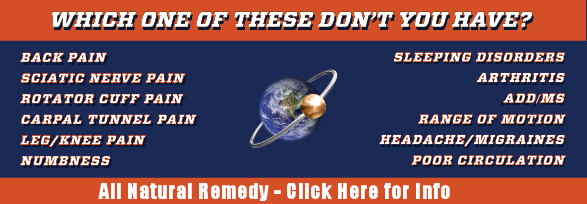 Arthritis is a generic medical term used to describe over 100 different medical conditions that cause pain, swelling and inflammation, primarily in the joints. Arthritis in the spine is one form that can be painful and debilitating. It often affects individuals who are age 40 or older. If left untreated individuals may suffer from physiological problems that result from muscle weakness, as well as depression and anxiety.
Arthritis is a generic medical term used to describe over 100 different medical conditions that cause pain, swelling and inflammation, primarily in the joints. Arthritis in the spine is one form that can be painful and debilitating. It often affects individuals who are age 40 or older. If left untreated individuals may suffer from physiological problems that result from muscle weakness, as well as depression and anxiety.
The causes of spinal arthritis are, as yet, unknown. There are several theories about the origination of the symptoms but they have not be proven in clinical research. Some believe that they are caused from excess stress, such as weight, weight lifting or excess stress or strain on the job. Others believe that it is a result of imbalances in the body that adversely affect posture that then results in back and neck pain.
Arthritis in the spine results from the breakdown of protective cartilage, lubricating fluid and the development of bone spurs in the spinal joints. A normal and healthy vertebral joint moves easily and smoothly. As we age, the cartilage, in all joints, begins to erode slowly and flake. The wear and tear can account for some of the discomfort and pain. (1)
During this same period the lubricating fluid in the joints may leak and become less effective. The bones come in contact with each other directly which causes the growth of bone spurs in the joints. These spurs cause bone to bone friction and can potentially cause a pinched nerve.
People who suffer from spinal arthritis can also have neurological symptoms because of the area of the body that is affected by the arthritic changes. These neurological symptoms can be tingling, numbness or weakness that are a result of nerve impingement from bone spurs.
The person can also experience a loss of flexibility and range of motion, much like the loss of range of motion in other joints which are affected by arthritis. Stiffness will be especially noticeable in the morning or at other times the person has remained stationary for a length of time. (2)
References:
(1) Spine Universe: Arthritis and your Spine
http://www.spineuniverse.com/conditions/spondylosis/arthritis-your-spine-introduction
(2) American Academy of Orthpedic Surgeons: Cervical Spondylosis
http://orthoinfo.aaos.org/topic.cfm?topic=a00369
(3) American Association of Neurological Surgeons: Cervical Spine
https://www.aans.org/Patient%20Information/Conditions%20and%20Treatments/Cervical%20Spine.aspx
| Advertisement | |
 |
|



Leave a Reply